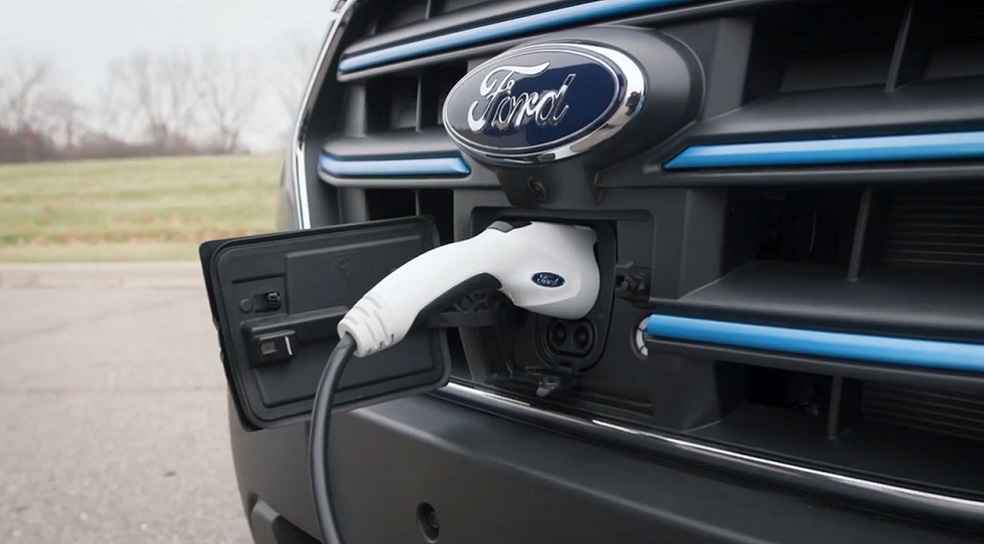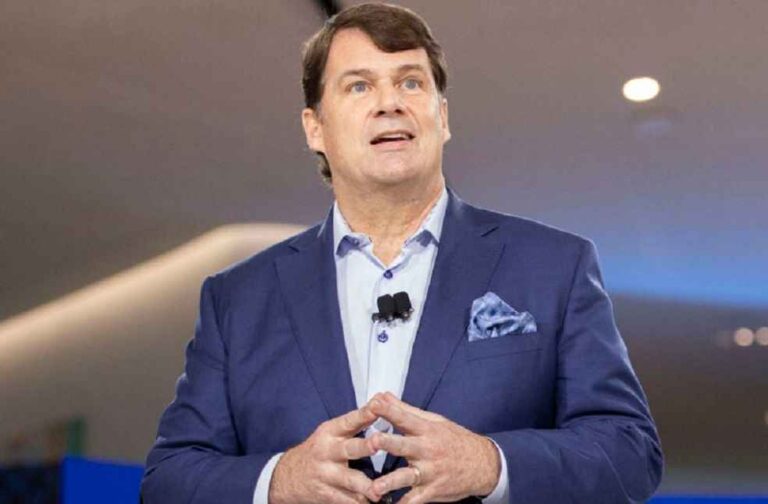Following a significant strike by the United Auto Workers (UAW) last autumn, Ford Motor Company faces a critical juncture, prompting a reassessment of its vehicle manufacturing locales. This labor dispute, a departure from Ford’s traditionally amicable ties with the union, propels the automotive titan to reevaluate its production strategies, as articulated by CEO Jim Farley at the Wolfe Research Global Auto Conference, New York.
Reflecting on the historic alliance with the UAW, which had circumvented strikes since the 1970s, Farley underscored the disruption caused by the recent strike, particularly at Ford’s lucrative truck plant in Louisville, Kentucky. This event signifies a pivot in the longstanding dynamic between Ford and the UAW.
With the industry’s shift towards electric vehicles (EVs), Farley highlighted the necessity of scrutinizing Ford’s manufacturing footprint. Despite incurring higher costs through employing 57,000 union members—a figure surpassing any other Detroit automaker—Ford’s commitment to manufacturing its profitable big pickup trucks domestically represents a deliberate cost strategy.

This strike not only halted production but also signaled a ‘watershed moment’ for Ford, evidencing a profound transformation in its union relationship. Union President Shawn Fain countered, advocating for a focus on American labor and questioning the leadership’s dedication to the nation’s auto industry future, challenging the pursuit of the lowest global labor costs.
The White House’s response, articulated by press secretary Karine Jean-Pierre, reaffirmed President Joe Biden’s support for domestic manufacturing and labor’s bargaining rights, consistent with the administration’s economic and labor ethos.
Post-strike, the UAW secured substantial wage enhancements for top-scale factory employees, spotlighting the financial ramifications of labor negotiations on manufacturing expenses. Despite Ford’s $7 billion annual cost disparity with competitors, Farley remains hopeful about diminishing these costs through company-wide cultural and structural adjustments.

Ford’s forward-looking EV strategy shifts focus towards smaller, economically viable vehicles and commercial work vehicles, aiming for profitability through U.S. federal tax incentives and potential synergies with other automakers to mitigate battery costs. Despite hurdles, including the ascent of Chinese automakers in the European market, Farley commits to the profitability of new EVs within a year of their launch.
This strategic recalibration mirrors a broader industry evolution towards electrification and sustainable manufacturing, with Ford’s deliberations on its production footprint marking a significant transformation in how automotive leaders navigate labor relations, market demands, and environmental mandates.
DON’T MISS | Mercedes-Benz Exits Russia, Sells Kamaz Stake Amid Geopolitical Shifts





